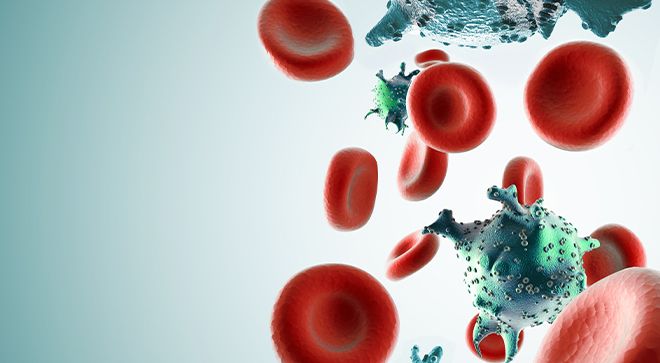Article
Adding Imbruvica to CAR-T Cell Therapy May Improve CLL Outcomes
Author(s):
Imbruvica plus Breyanzi, a CAR-T cell therapy, improved outcomes in patients with relapsed/refractory chronic lymphocytic leukemia, according to recent research.
Giving Imbruvica (ibrutinib) at the same time as Breyanzi (lisocabtagene maraleucel; liso-cel) to patients with relapsed/refractory chronic lymphocytic leukemia (CLL) led to improved drug efficacy, according to ongoing clinical trial data presented at the 2021 Society for Immunotherapy of Cancer (SITC) Annual Meeting.
“These results suggest that ibrutinib may potentiate the efficacy of liso-cel therapy in patients with relapsed/refractory CLL,” lead study author Jerill Thorpe, a senior scientist at Bristol Myers Squibb, said in a virtual presentation during the meeting.
Breyanzi is a CAR-T cell therapy, but T-cell dysfunction – which occurs in CLL – can make the treatment modality less effective. But a translational analysis of the phase 1 TRANSCEND CLL 004 trial showed that adding Imbruvica may make CAR-T cell drugs like Breyanzi work better.
At an average follow-up of 17 months, there were no severe cytokine release syndrome or neurological toxicities – the two most common side effects from CAR-T cell therapy – for patients with relapsed/refractory CLL or small lymphocytic leukemia who received Breyanzi and Imbruvica.
Nearly all (95%) of patients responded to therapy, with more than half (59%) experiencing a complete response, meaning that there was no detectable trace of cancer. Thirty-six percent of patients had a partial response. For those who had Breyanzi at 100 x 106 CAR T cells, there was an even higher percentage of complete responses (61%) and a 29% partial response.
Adding Imbruvica to Breyanzi led to increased expression of pathways associated with T-cell proliferation and metabolism, as well as a decrease in the expression of pathways that are associated with inflammation.
Thorpe also said that Imbruvica helped expand Breyanzi and reduced serum interleukin-6, which is associated with the inflammatory response. Higher Imbruvica signature scores in the CAR+ cells at Tmax (point of highest concentration T cells) also led to a higher probability of having undetectable minimal residual disease in both the bone marrow and peripheral blood.
One caveat of the study, however, was the small sample size.
“Work is under way to extend this analysis to a larger cohort,” Thorpe said.
For more news on cancer updates, research and education, don’t forget to subscribe to CURE®’s newsletters here.





